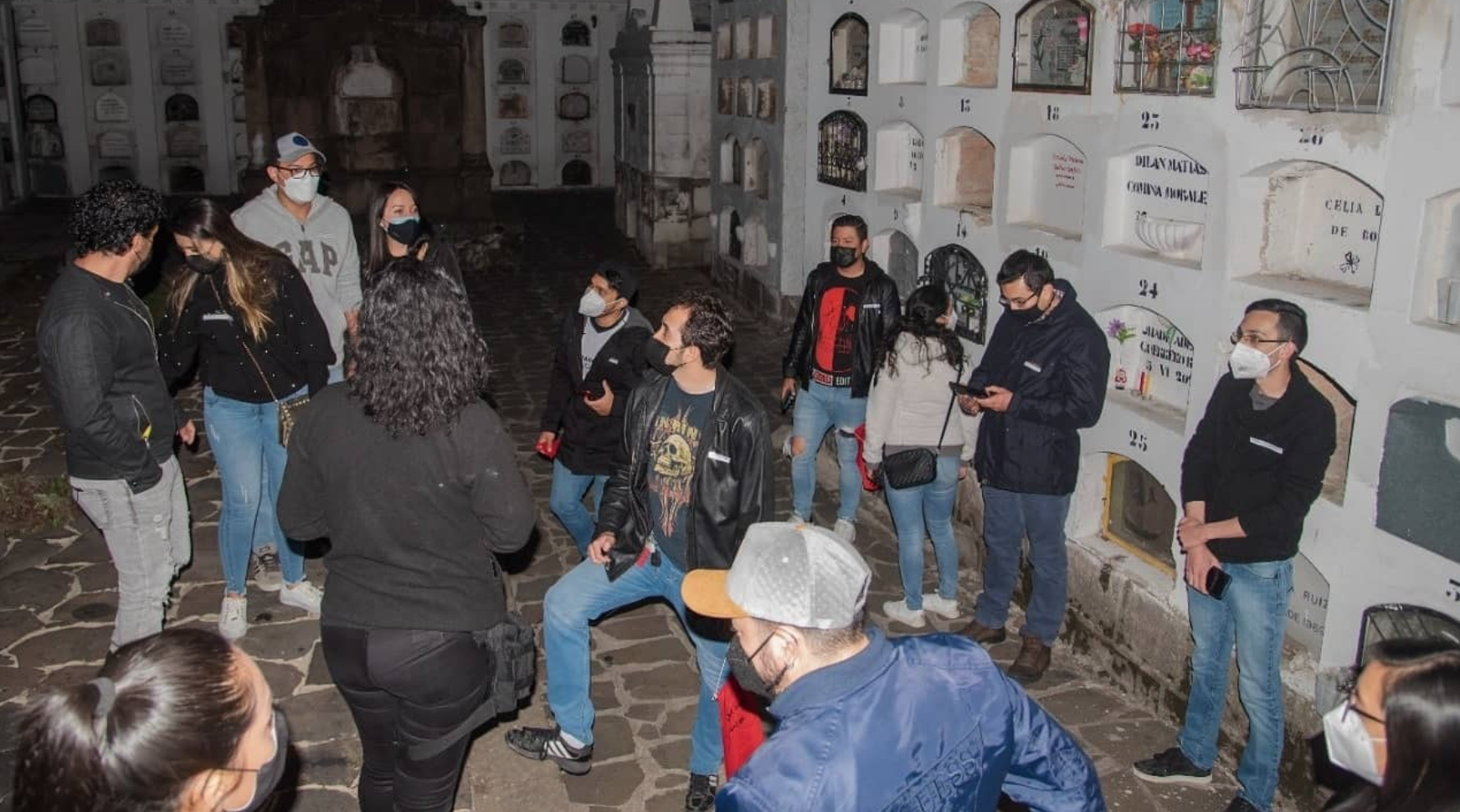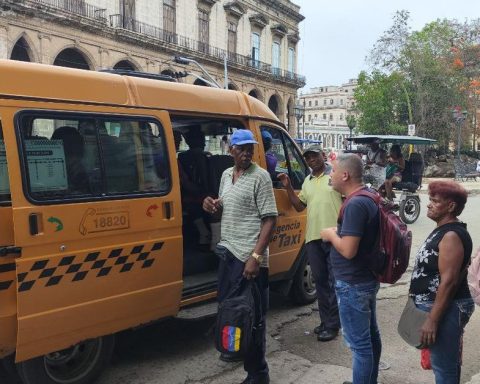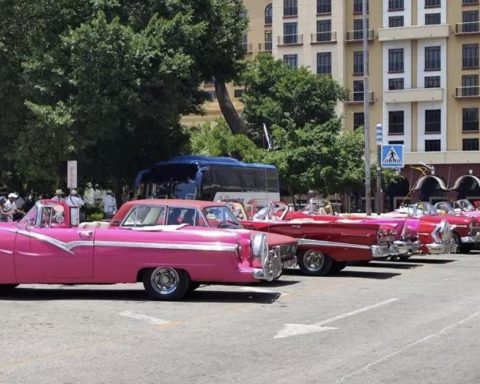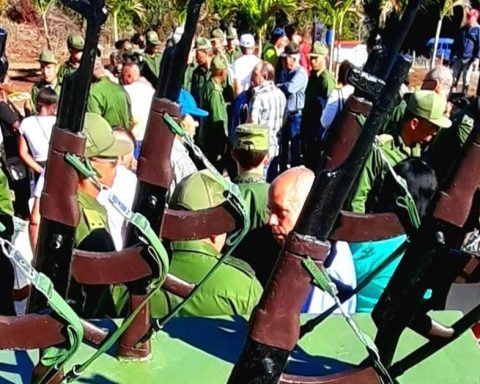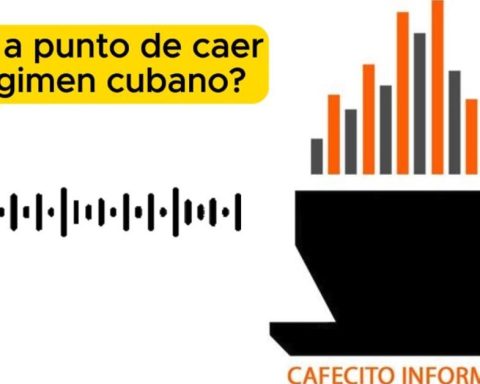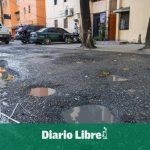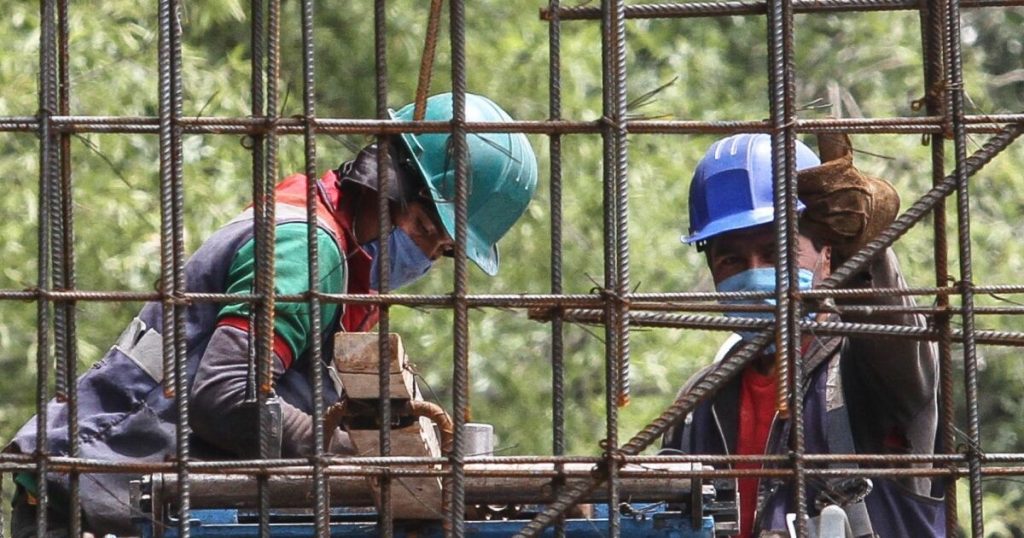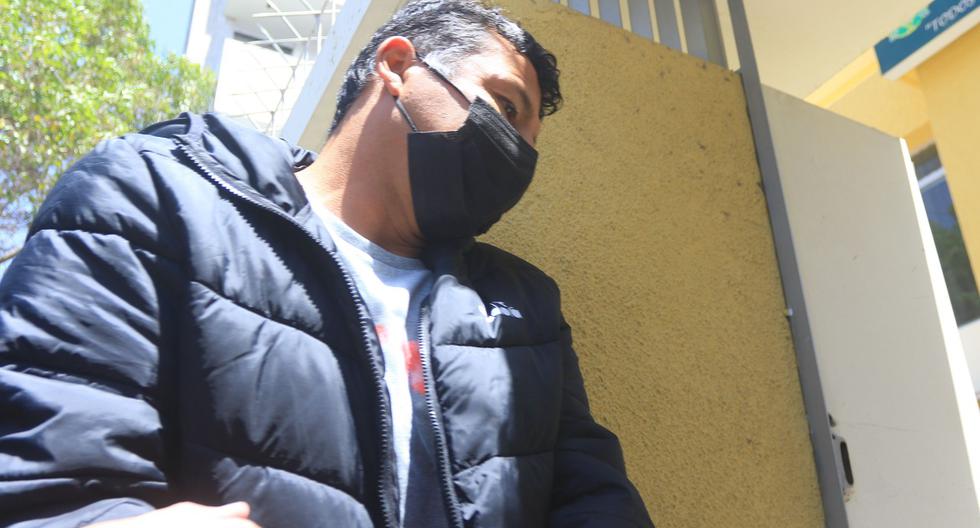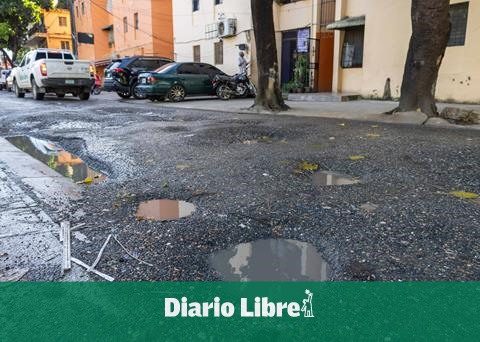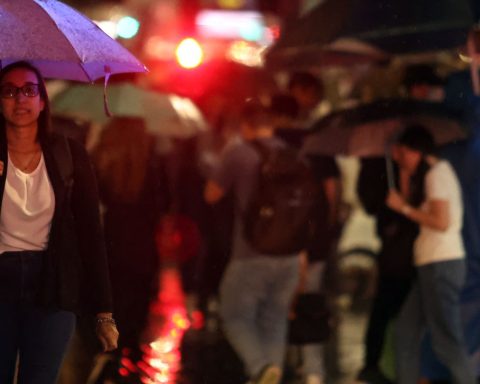The hoarse box, jewel thieves, witchcraft and ghosts are some of the stories that house two traditional cemeteries in the capital. They are not legends, they are stories that were lived in reality.
The holiday for the Day of the Deceased in Ecuador it is the date on which thousands of citizens take the opportunity to visit their loved ones in the country’s cemeteries. Quito It has 70 registered cemeteries.
The cemeteries not only house the Deceased, but also to stories, legends and even anecdotes.
Sadness is the first feeling that comes to mind for Fausto Ruiz, one of the many pantheoners that can be seen outside the San Diego cemetery.
But he is not just any pantheon. Fausto has been working in this cemetery for half his life, that is, 24 years. He does not remember legends of this place, but stories that he claims to have “lived in his own flesh”.
“The sadness of the funerals and the pain of the relatives who come here are reflected in what we hear, sometimes at night,” he says. Splendor while putting aside a shovel and a wheelbarrow full of dried flowers.
The hoarse box is one of the anecdotes that this man with dark complexion and short stature decides to tell first. The details of their stories lead the listener to recreate the moment.
Fausto clearly remembers the day when an elderly woman came out “terrified” from the first adult stage of the cemetery, she was running for help. “I heard someone was snoring, come hear” were the woman’s words. Fausto explains that although at that time he could not hear anything, there were already several people who had had the same experience in the place.
The ancient vaults and neglected tombstones make the setting on which Faust tells his stories, more gloomy. He could not forget the one about the man who sold newspapers 5 years ago and who always entered the cemetery.
“He always went up to visit his wife who passed away and every time he saw the shadow with a cape he came down scared to tell me. He said it was a black shadow that flew more or less a meter high ”.
San Diego is a heritage cemetery that has existed for 153 years. Here, rest the remains of several famous people such as the former president Jose Maria Velasco Ibarra and Aurelio Mosquera Narváez, Luis Felipe Borja, Ecuadorian politician and writer; and the famous Quito family Gangotena, whose mausoleums They are the largest and most elegant in the entire cemetery.
The decking of the second floor of the offices, which are inside the cemetery, are the pieces that reveal the presence of other beings when there is no one there. Ruiz says that since he was little he has witnessed strange noises that come from that place because his father was also a worker in San Diego.
Fausto Ruiz He only speaks with feeling but with sincerity. The cemetery of San Diego It has been like his second home and he has experienced so many things in there that he does not have time to tell everything. For example, remember that one of the funerals that most impacted him was that of the national music singer Tania Paredes Aymara, who died suddenly in a traffic accident.
“There were rivers of people who came to say goodbye. With flowers, tape recorders, mariachis, songs and tears, people yelled at him not to go away ”, he recalls. It also tells that when it was the funeral of Luz María Endara or ‘Mama Fight’, journalists and photographers captured the moment, hidden from high parts of the cemetery, so that the audience would not see them or retaliate against them.
The graveyard El Tejar is also one of the traditional ones in Quito and houses real stories. It has existed since the beginning of the 19th century and was the first cemetery in the capital.
A family of 4 members is in charge of the care and maintenance of this place. They flatly refuse to tell about their experience in the cemetery, they say that “they do not know well, that later they speak to them and that they prefer that the father tell whatever it is”.
Olga Lema has visited the cemetery 40 years ago. He has 10 of his relatives there and he knows the place perfectly because, before the pandemic, he visited his father every 15 days. She has security and certainty that what happened in the cemetery is real.
“My mom got along super well with the pantheon man here and he told her that at night they came to steal the jewels of the dead, they opened the boxes and left them with nothing. One night, the man tried to stop one of those robberies and he doesn’t know why, but they say he started foaming at the mouth and died ”.
Olga explains that this is not a story or a legend, but something that really happened, she is certain because she says that her mother was a witness.
He also relates that other pantheoners of the place said that they were not afraid of the dead but of those who went at night to steal or remove the bones from the coffins to study them, “I think they were college boys who came to do that.”
El Tejar it has a peculiarity. In certain corridors, the tombstones have an ‘alert’: a white and red paper that says “NOTICE, Catholic Cemetery from El Tejar, this body will be exhumed in 30 days due to family abandonment ”. This means that, if the relatives stop paying the annual fee for the niche space, the body will be removed and the place will be free.
Olga Lema narrates that when that happens, the pantheoners remove all the belongings of the body from the coffin and place them in the ‘rubble’, in view of everyone who passes by.
“We have seen the boxes, clothes and even hair piled up there from what they take out when they go to exhume to the dead. Before the pandemic, all this knew how to be accumulated there, “says Lema, pointing to a corner as if it were something everyday in the cemetery.
She knows everything and everyone. Even the current ‘caretakers’ who did not want to give their testimony. He says that they do not like to live in the place and that they just moved to another because at night people went to throw fetuses or chickens (a product of witchcraft), that, in addition to the heavy environment they used to feel.
Although they are stories, sometimes not very credible, the voices that narrate what happens within the two cemeteries more traditional in Quito, they are recurrent in these spaces for more than 20 years.
El cementerio de San Diego se prepara para recibir durante este feriado a alrededor de 300 personas por día.
En San Diego, por temas de bioseguridad, no estará habilitado el parqueadero y la entrada únicamente será por las puertas del antiguo cementerio.
Llevar comida a los difuntos ha sido una costumbre indígena que se ha practicado hace más de 500 años, sin embargo, ya no se realiza desde el inicio de la pandemia.
